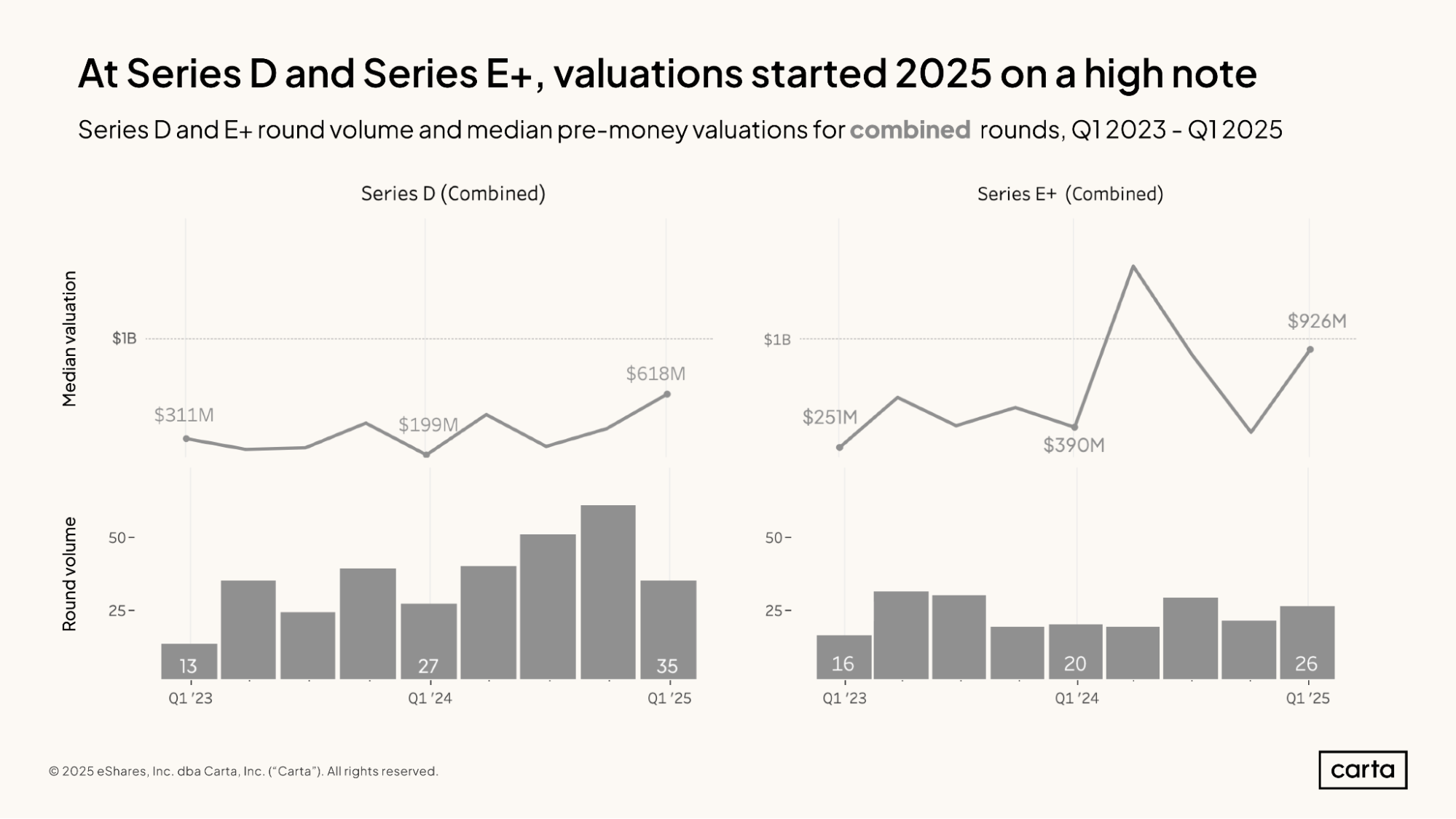Tech moves fast—stay faster.
Tech moves fast—stay faster.
OpenAI Tops $10B in Revenue, But the Road to $125B Remains Steep


By Farhan Ali June 23, 2025
OpenAI has transformed from a nonprofit research lab into one of the world’s most lucrative AI ventures. With annual recurring revenue now exceeding $10 billion, the company has shown it can not only lead the discourse on artificial intelligence—but build a business around it at a staggering scale.
What’s Driving the Growth?
- ChatGPT Subscriptions: The company’s consumer product, including ChatGPT Plus, Team, and Enterprise, has become one of the most popular paid AI services in the world, offering priority access to GPT-4o and multi-modal tools.
- API Licensing via Azure: Through its strategic partnership with Microsoft, OpenAI licenses model access to millions of developers through the Azure OpenAI Service—splitting revenue with Microsoft.
- Enterprise & Developer Tools: From software integrations to fine-tuned model support for businesses and devs, OpenAI has become the backend for AI features in dozens of B2B SaaS companies.
User Base
- 500 million weekly active users across platforms
- 3 million enterprise/business customers
- Rapid adoption among SMBs and large enterprises in finance, law, healthcare, and education
Profitability Outlook
While $10 billion is an impressive figure, OpenAI has not yet reached profitability due to the enormous costs of training, fine-tuning, and serving high-volume LLMs.
- Annual infrastructure spend (mostly on GPUs and cloud compute): estimated $2B+
- Staff size: over 1,500 employees across research, safety, product, and partnerships
- Future targets: AGI-focused tools, agentic workflows, and personalized memory systems for GPTs

Strategic Focus Moving Forward
OpenAI aims to expand into:
- Mobile-native AI agents
- Autonomous API agents for task orchestration
- Language + vision AI applications for enterprise UX
- Custom GPTs as white-label business copilots
There are also increasing signals that OpenAI will release a dedicated enterprise OS or developer SDK suite—possibly creating an “AI OS layer” between users and the traditional app stack.
Competitive Landscape
With Anthropic, Google, Meta, xAI, and Mistral all racing to define the future of AI architecture and monetization, OpenAI’s challenge is no longer proving product-market fit—but staying ahead as capabilities converge.

Conclusion
OpenAI has cracked monetization—but the road ahead is steeper. Its ambitious target of $125B in annual revenue by 2029 will require not just model innovation, but platform dominance. Still, with $10B already in the bank, it’s clear: AI isn’t just a breakthrough—it’s a business.
Additional References:
- TechCrunch AI Desk (@techcrunch)
- The Information AI Report (@theinformation)
- Financial Times Tech Business (@financialtimes)
- Axios AI Deep Dive (@axios)
- OpenAI Official (@openai)
Explore more
Snowcap Compute Raises $23M for Superconducting AI Chips Promising 25× Efficiency Gains
By Farhan Ali • June 23, 2025 Snowcap Compute, a U.S.-based semiconductor...
SandboxAQ and Nvidia Partner to Speed Up Drug Discovery with Quantum-Enhanced AI Models
By Farhan Ali • June 23, 2025 SandboxAQ has announced a strategic...
AI Startups Dominate North American VC with 70% Share, Signaling Explosive and Risky Growth
By Farhan Ali • June 23, 2025 Venture capital in North America...
Ola Krutrim Launches Kruti: India’s First Multilingual Agentic AI Assistant
By Farhan Ali • June 23, 2025 India’s AI race just leveled...















Leave a comment